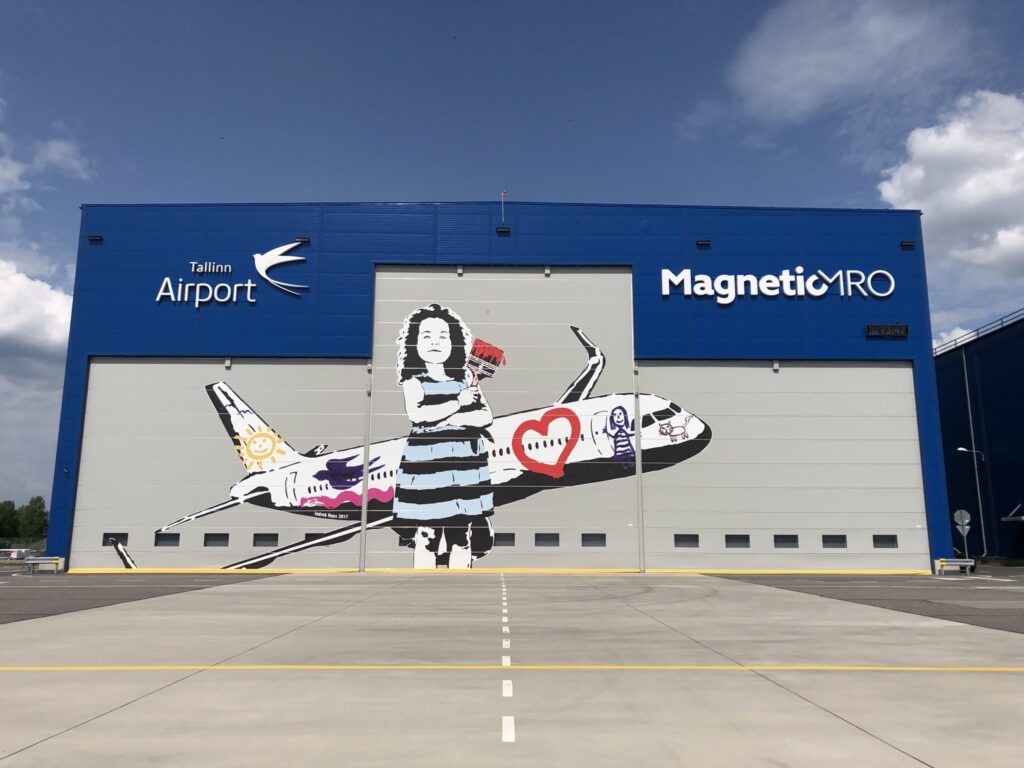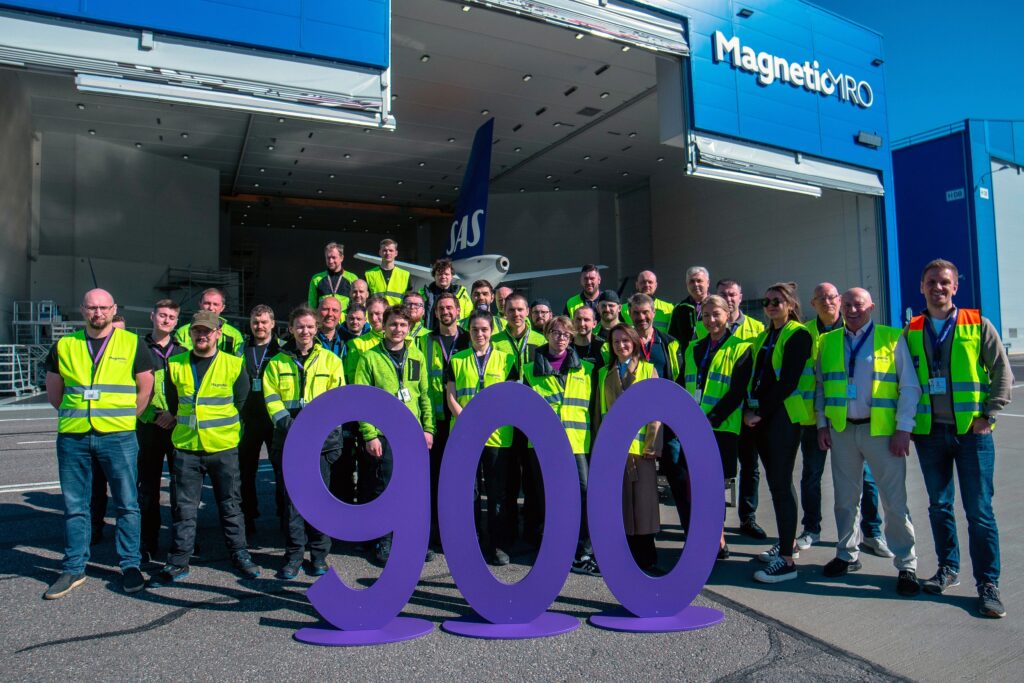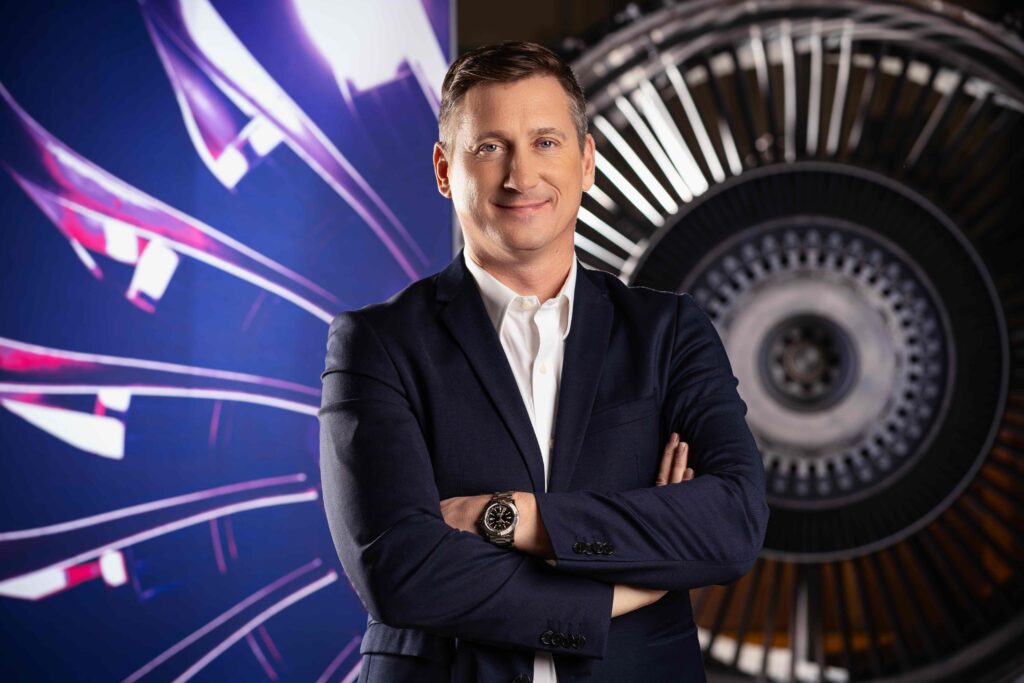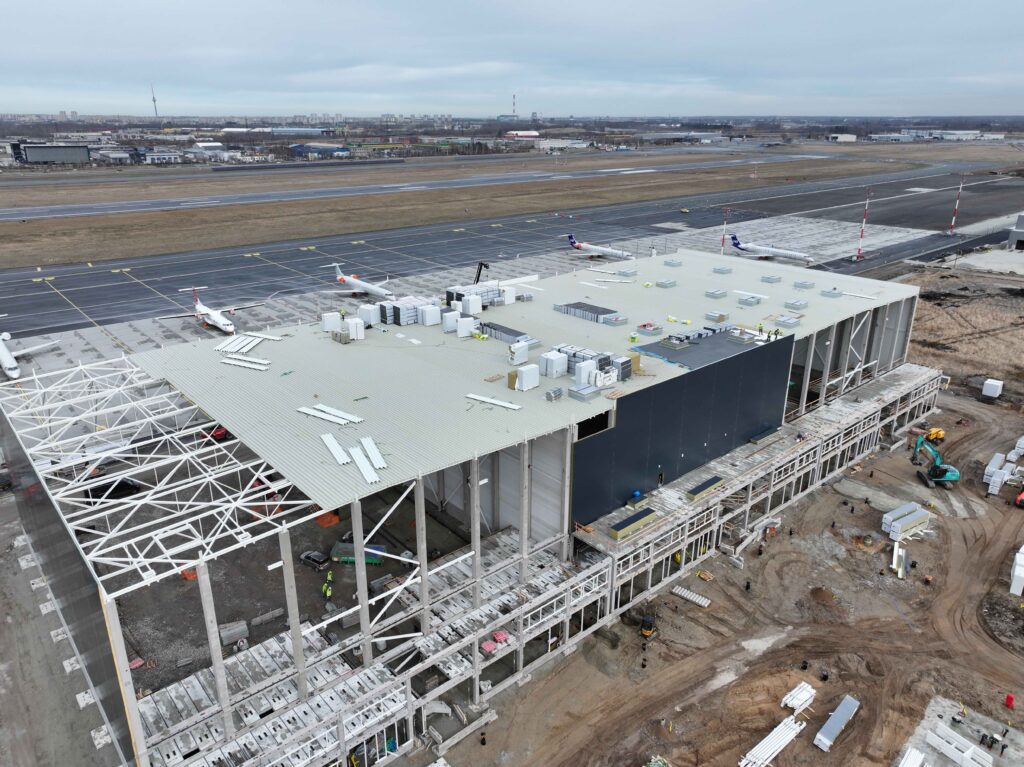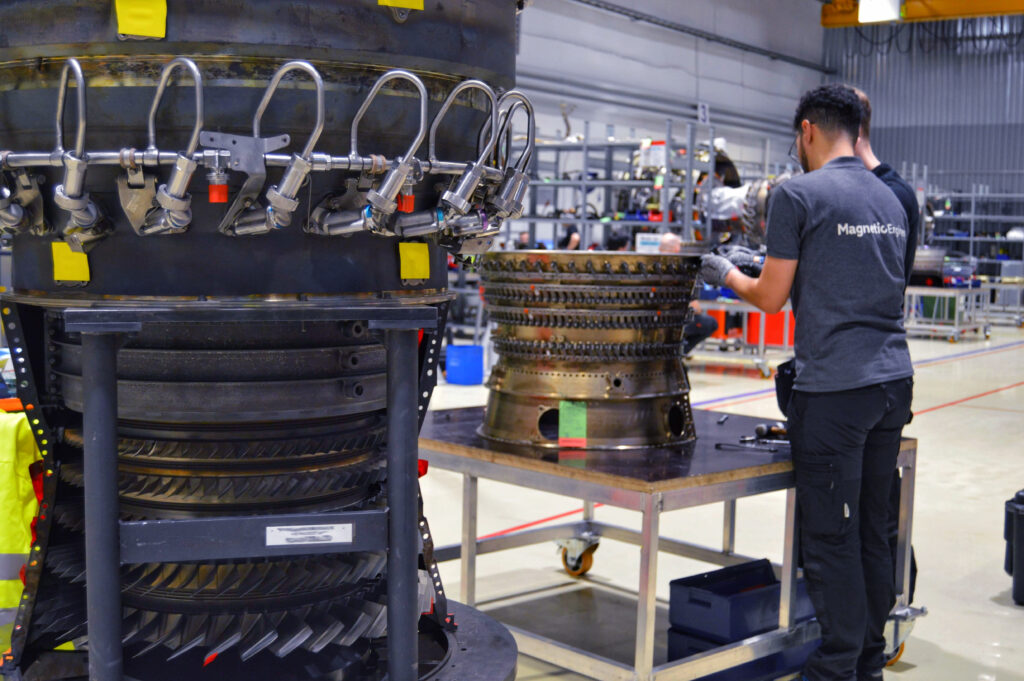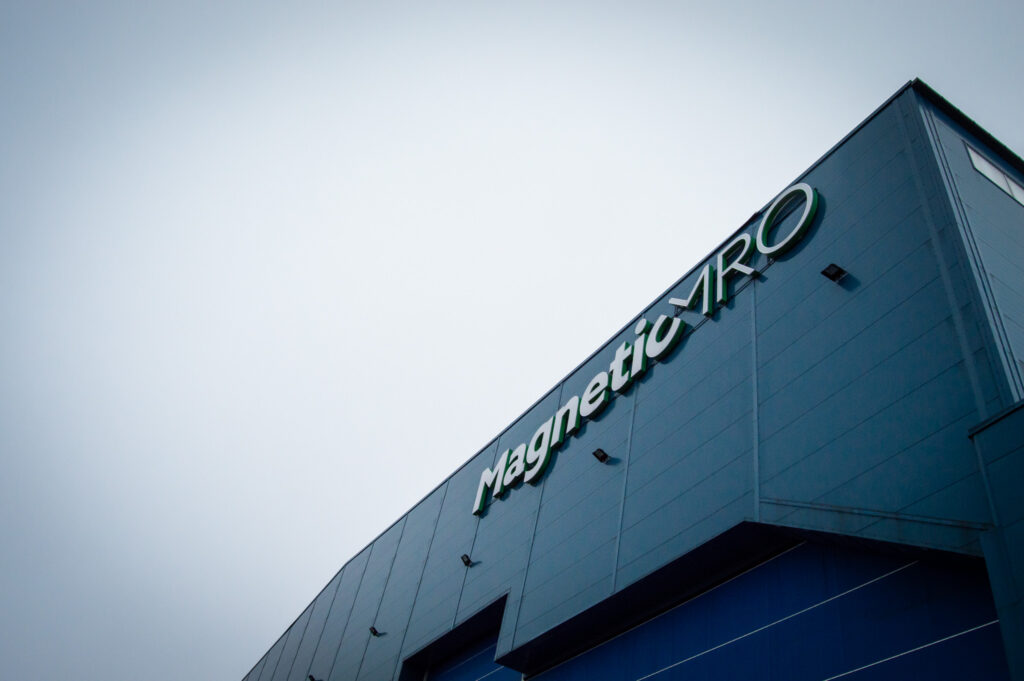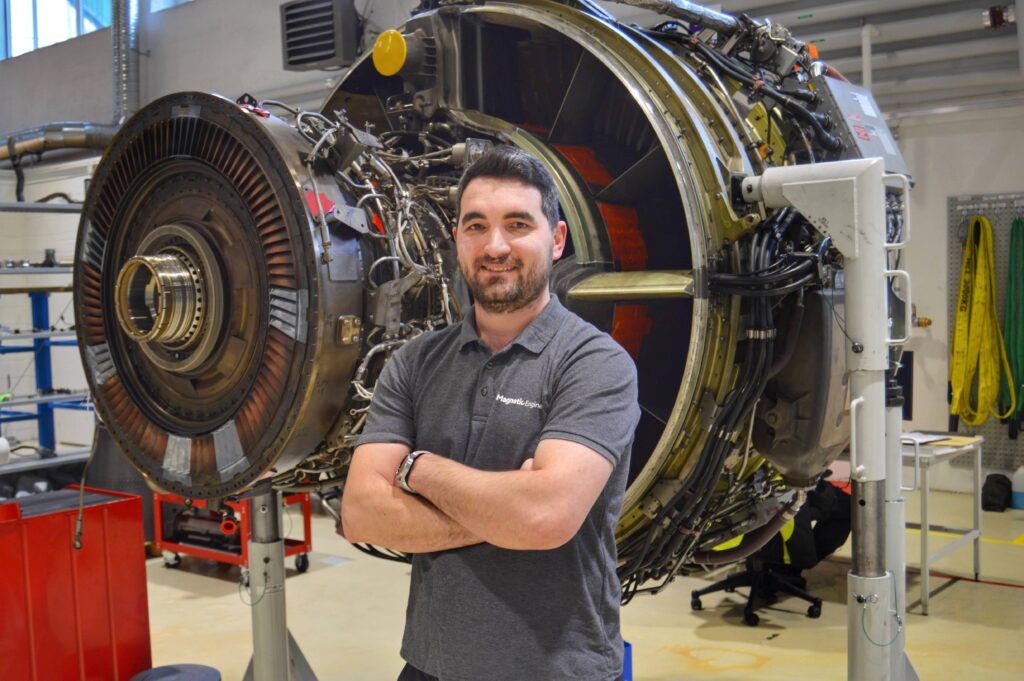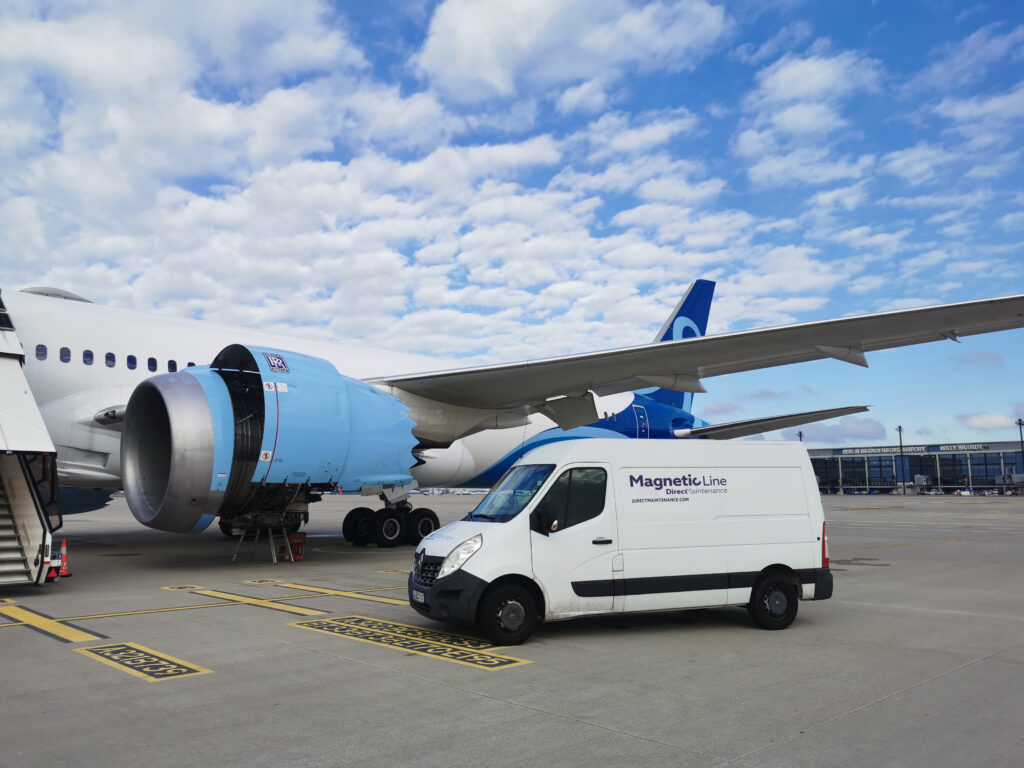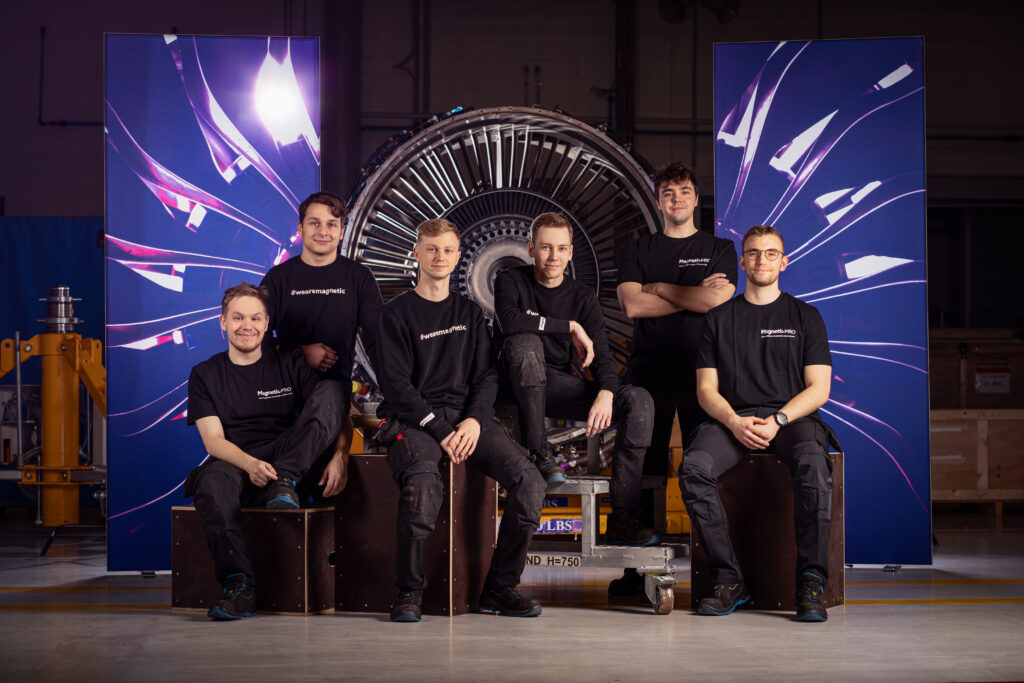Engine line maintenance trends in modern MRO industry

[contact id="8342"]Engine is, no doubt, one of the most crucial parts within the aircraft, therefore its maintenance is often the key priority for the airlines – as well as one of the main services provided by MROs. However, engine repair segment is challenged by capacity constraints and requires constant expansion of capabilities from engine shops. Zoran Bozic, Business Manager at Engine Line Maintenance at Magnetic MRO, shares his insights about the engine repair segment and its latest trends. How Line Maintenance Engines services demand has changed over the years? Zoran Bozic: Although I could spend hours talking about this, I will try to be concise. Twenty years ago, the common understanding was that the engine line maintenance is about filter replacement, chip detector inspection, LRU change – in other words, on-wing tasks that do not penetrate into the internal part of an engine. This was a legacy of hard-time maintenance concept, with fixed shop visit intervals, coming from 1960s and 1970s. At the time, the key role was with engine repair shops limited with the strict shop manual criteria. However, development of technology, increased reliability, modular engine design, on-condition maintenance system and air traffic deregulation in the late 1990s (maybe the most influential factor) brought the industry to a point where there is no need to send an engine for combustion chamber replacement to a traditional type of engine shop, as today it can be done in line maintenance. So it became more efficient, less stressful and much cheaper. Historically speaking, engine maintenance represents a lion share of total aircraft direct maintenance cost, so the development of line maintenance services on engines is very welcomed by airlines, lessors and asset owners. How Line Maintenance Engine servicing capabilities has been adapted to meet the new and upcoming industry needs and demands? ZB: I prefer to use the term “developing” rather than adapted, as this is a continued process. Those services are regulated by aviation authorities. Procedures are a part of approved data, and service providers have been competing in order to be capable of offering more complex packages. In addition to combustion chamber replacement, customer needs a provider who will also remove the engine, reinstall it, do MPA run and bring their airplane back to service. They do not have resources to “shop around”, and the one-stop solution is what they are looking for. Mobility and flexibility are the pre-requisites of successful engine line maintenance service provider. Can you give a brief overview of the capacity in the region(s) in your line of work? ZB: Even though the demand for on-site engine services is constantly growing, the majority of providers in Europe are still coming from traditional engine shops like MTU, Lufthansa Technik, Safran, Aero Norway … but as we know, there is no great number of them. They are capable to “bring” their complex capabilities (module replacement, module repair) to the various sites. Some of those providers are present in other regions (like the Middle East). However, being primarily focused on filling their shop capacities and slots, it seems the engine line maintenance service is their second priority. There are more providers capable of doing less complex work (BSIs, boro-blending, top-case repairs, …) – the services that Magnetic MRO is providing at the moment. In theory, capacities are sufficient to meet the demand, but flexible providers specialised in pure engine line maintenance are not that easy to find. Our recent experience with US-based providers being very active in Europe is supporting this thesis. What time new technologies and modern solutions you’re implementing? How does it affect service time and cost-wise? ZB: My favourite is boro-blending. This process, together with sophisticated equipment is great money (or cash banknotes) and time saver for our clients. Recently we have been contacted by one European flag carrier with a request to do a boro-blend repair of HPC on one of their CFM56-5B engine on an aircraft that was in hangar for “C” check. While our team was flying to the site, the customer discovered similar findings on another engine/aircraft. Within less than 12 hours, both engines were repaired and released as serviceable. For the customer, the cost for this service was several times cheaper than the second-best option – removal of engines, top case repair and reinstallation of the engines. And we did it like a pit-stop in F1. Are there any engine “trends”? Tell us more about it – is there any cycle for these trends? ZB: During the past few years, we have been witnesses of some amazing, to a certain extent, even revolutionary steps. The continued battle between engine OEMs for more reliable and more efficient products gave us the first commercial geared turbofan engine. Success and achievements of this concept (Pratt & Whitney PW1000G) initiated the development of similar products by other engine manufacturers, and we will not wait too long to see geared turbofan engines on wide-body aircraft. On the other hand, use of 3D printing, especially for the manufacturing of complex engine parts and components, resolved serious problems with parts delivery, propelled production capacities and brought lean manufacturing to a brand-new level. As I said earlier, engine maintenance is very expensive, and airlines are hungry for services that would help them to reduce the number of traditional (and costly) shop visits. This trend is recognised by Magnetic MRO and starting with Q2 of 2020, we will be in a position to support our customers with such an option.




